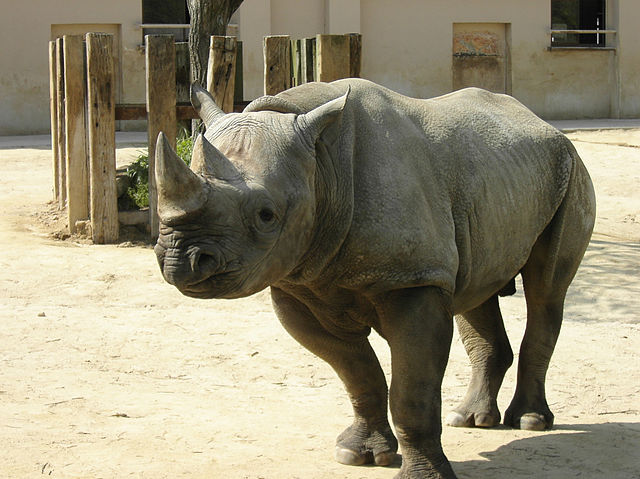Oct 28, 2021
Talk to the Animals at Asa Zoo in Hiroshima
As summer turns to autumn, the idea of spending some time outdoors comes to mind as the temperature has finally reached a tolerable level and the fall leaves bring a nice change in the scenery. When in such a mood, might I recommend the Hiroshima City Asa Zoological Park? Popularly known as Asa Zoo, the Hiroshima City Asa Zoological Park is where families and couples can see wild animals in a relatively ‘natural’ habitat and is a perfect place for getting out for some fresh air.
The zoo has all the classic big animals that you usually find at zoos, such as your lions, and tigers, and bears, but the zoo also offers some unique attractions like the Japanese giant salamander. The zoo has a number of these on loan from the Salamander Museum located in Ohnan Town in Shimane Prefecture and is now working on a collaborative breeding program.
On the downside, the zoo is a fair way out of town and is not exactly cheap to get to. The easiest way is via the Astram Line either from downtown Hiroshima or Shin-Hakushima Station, which is after Hiroshima Station. You need to get off at Kamiyasu Station and take one of the shuttle buses that run every 10-20 minutes. You can also opt to take the ordinary bus from Platform 4 heading towards Asahigaoka or Imuro.
In consolation for the travel and expense, the entry fee is a very reasonable 510 yen for adults and 170 yen for seniors and under 18. It is a bargain indeed for a family day out! The zoo is open every day except Thursday between 9 am and 4.30 pm and, of course, is closed over the New Year’s break.
It offers many free events, including zookeeper talks (Japanese only obviously) and feeding time, but these are all canceled due to the ongoing pandemic. See the zoo website for more information on when they reopen and the exact times (some events are subject to change due to weather). Before the pandemic, there were weekend events such as lion feeding and elephant training. They also had pony rides and a close-up, interactive exhibit on rabbits and guinea pigs. For now, these events are canceled, so you’ll just have to enjoy the animals in their exhibits.
There are some small cafés within the park, but they are a little pricey like all inside attractions. My suggestion is to bring your lunch or have a picnic as there are plenty of places to sit and lots of space and playground equipment for the kids to run around and wear themselves out.
The big highlight is the night safari in summer, where you can see nocturnal animals wandering around in their natural habitat. These are only eight times a year and are well worth your while coming to visit. If you’re an avid photographer, they also provide the perfect opportunity for some fantastic shots.
Of course, with all zoos, there is a debate about whether it is right to confine wild animals, but from what I saw, the cages are clean, and all the animals are in good condition. There is still room for improvement compared to the zoos found in many other countries. Hence, my advice if you have strong opinions about this is to find another activity in Hiroshima that you want to do.
My final piece of advice for a trip to the zoo is to take a jumper or jacket with you. Its mountain location means it is much cooler than the downtown area, even during the warmer months, and the breeze can be quite cool. If you’re headed there in winter, rug up because snow often falls here in large amounts and nowhere else.
Asa Zoo is a great family day out, and although people say never to work with animals or children, you’ll find both here. On weekends you are guaranteed to find large hordes of children on school trips, so if you want a quieter experience, head there during the weekdays.
It’s a fun place to go with your family, on a date or just with friends. It may be a tad further to get to than most places you’re familiar with, but it’s well worth the effort.
Asa Zoological Park
Asacho Dobutsuen, Asakita-ku Hiroshima-shi, Hiroshima, 731-3355 (map link)
082-838-1111
www.asazoo.jp/en
Spiegel さん https://www.flickr.com/photos/spiegel/, CC BY 2.0, via Wikimedia Commons


About the author